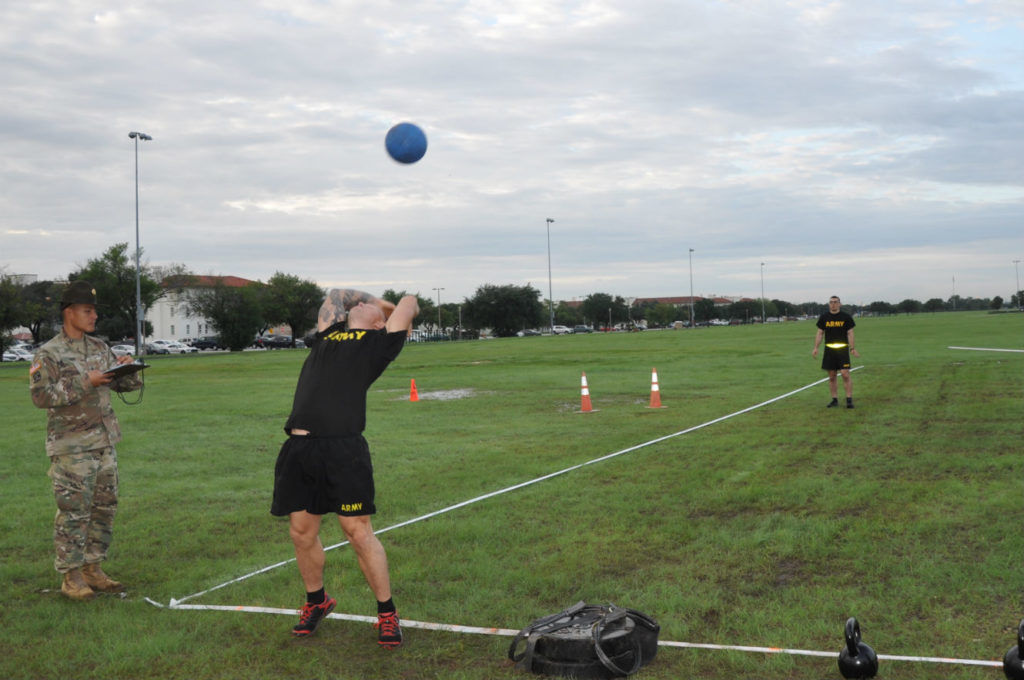In Defense of the Army Combat Fitness Test

The first significant change in the Army physical fitness test in 38 years is something that deserves support and close attention as the military catches up with decades of research into sports medicine, physiology and injury recovery. The biggest reason why soldiers have been undeployable in recent years has been musculoskeletal injuries — the pulled muscles, strained tendons, sprains, dislocations, and fractures that result from injury and overwork.
The new six-event Army Combat Fitness Test (ACFT), set for implementation throughout the Army within two years, is aimed at reducing exercise-caused injuries, while at the same time preparing soldiers for combat with some rigorous events that Army Chief of Staff Gen. Mark A. Milley has described as having a simple goal: “We don’t want young men and women to get killed in action because they weren’t fit.”
In a provocatively titled War on the Rocks article, “Dumb and Dumber: The Army’s New PT Test,” David Barno and Nora Bensahel seemed to miss the value of keeping up with science. While they usually offer helpful insights and sound recommendations, they are way off base this time.
Now undergoing a widespread pilot program, this updated evaluation of physical fitness is designed to prepare soldiers for the physical rigors of combat operations and afford commanders a standardized means to evaluate their soldiers’ fitness.
Yes, it will take more time to administer. Yes, it requires equipment. And yes, the current Army Physical Fitness Test (pushups, situps, and a two-mile run) is far simpler to train for and administer. But it is not a good assessment of physical preparedness for combat, especially not at a time when new recruits are coming into the Army in poorer physical condition than in the past.
Yes, units will likely spend more time conducting physical training than most units do today. But I’m not sure why that is a bad thing.
Barno and Bensahel stated that the ACFT might generate more injuries. But the Army and the physiologists, kinesiologists, and physical exercise experts who devised the test think otherwise.
Maj. Gen. Malcolm B. Frost, commanding general of the Army’s Center for Initial Military Training, says the new test is going to make soldiers better prepared for combat, decrease musculoskeletal injuries by addressing primary causes, and help drive “a culture of fitness.”
Barno and Bensahel said they “have yet to hear a single soldier utter a positive word about it.” They must not be hearing from the same soldiers that I am. I’ve heard widespread, though certainly not universal, support from senior officers and NCOs, company and battalion-level leaders, as well as ROTC and West Point cadets.
Will it be a challenge for the Army National Guard, Army Reserve, and soldiers assigned to remote locations? Yes. That’s one reason the Army is wisely conducting a widespread pilot before finalizing the program. I have confidence that the Army’s leaders, in all components, will figure this out and come to the right decisions. The wrong decision is to deride the ACFT, a test the Army has come to after years of research, study, and testing. The Army Combat Fitness Test is the right program, right now.
Gen. (ret.) Carter F. Ham is the President and CEO of the Association of the U.S. Army
Image: U.S. Army/Courtney Dock

